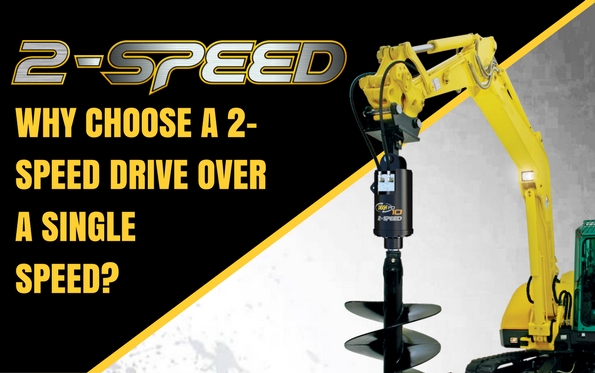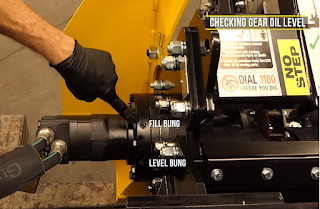Understanding Digga excavator hitches

Digga manufacture a range of excavator hitches for machines up to 90 tonne. They were designed and manufactured to improve operator and workers safety when manoeuvring around sites whilst also providing a simpler connection to augers and piles. All our hitches are custom made to your machines requirements and vary in suitability depending on your use. Here are some key advantages of each of our excavator hitches and an explanation on how to submit an order. Digga excavator hitches Choosing from Digga’s range of excavator hitches will vary based on the application and attachment, and your machine. Below are 4 of Digga’s excavator hitches which are fully engineered and manufactured at our Yatala facility in Queensland. Digga single pin hitch The single-pin hitch is suitable for excavators using smaller drives. It is a light weight, non-bulky option for smaller machines. This hitch can be used to fit Digga PDD to PD3 drive units on micro or mini excavators up to 3 tonne.


